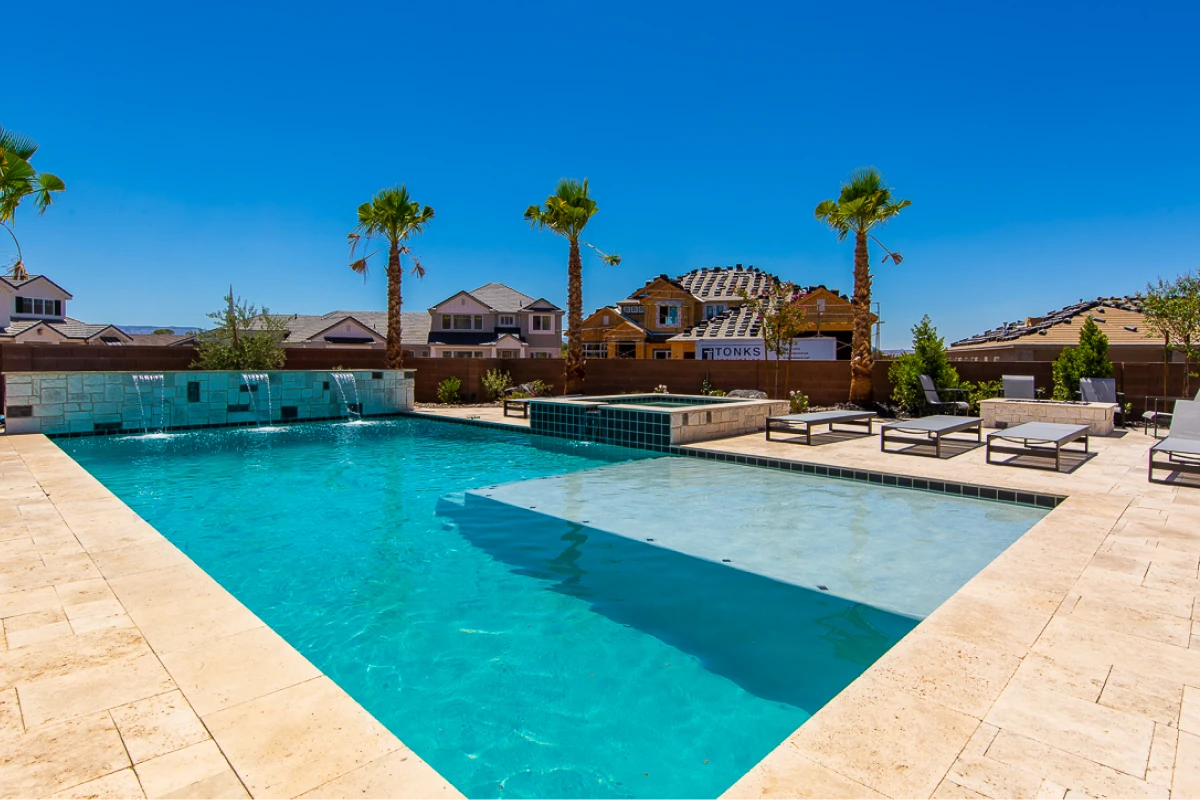
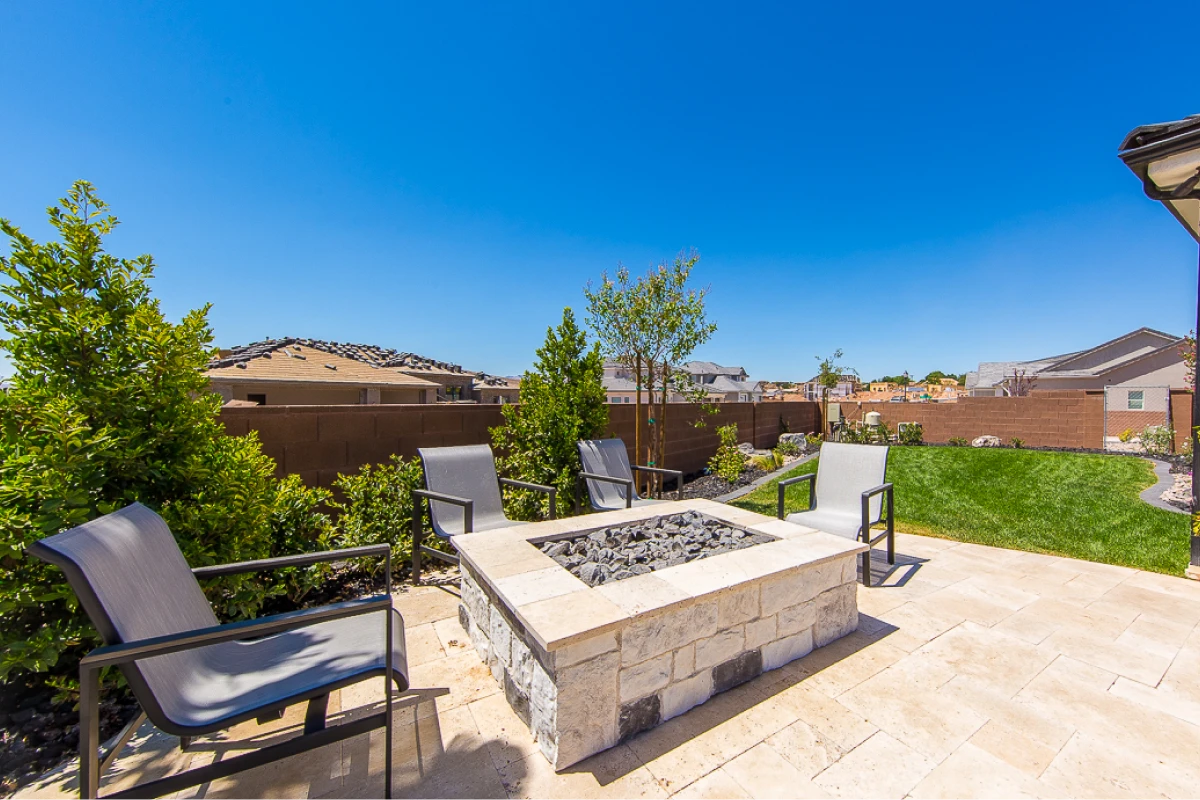

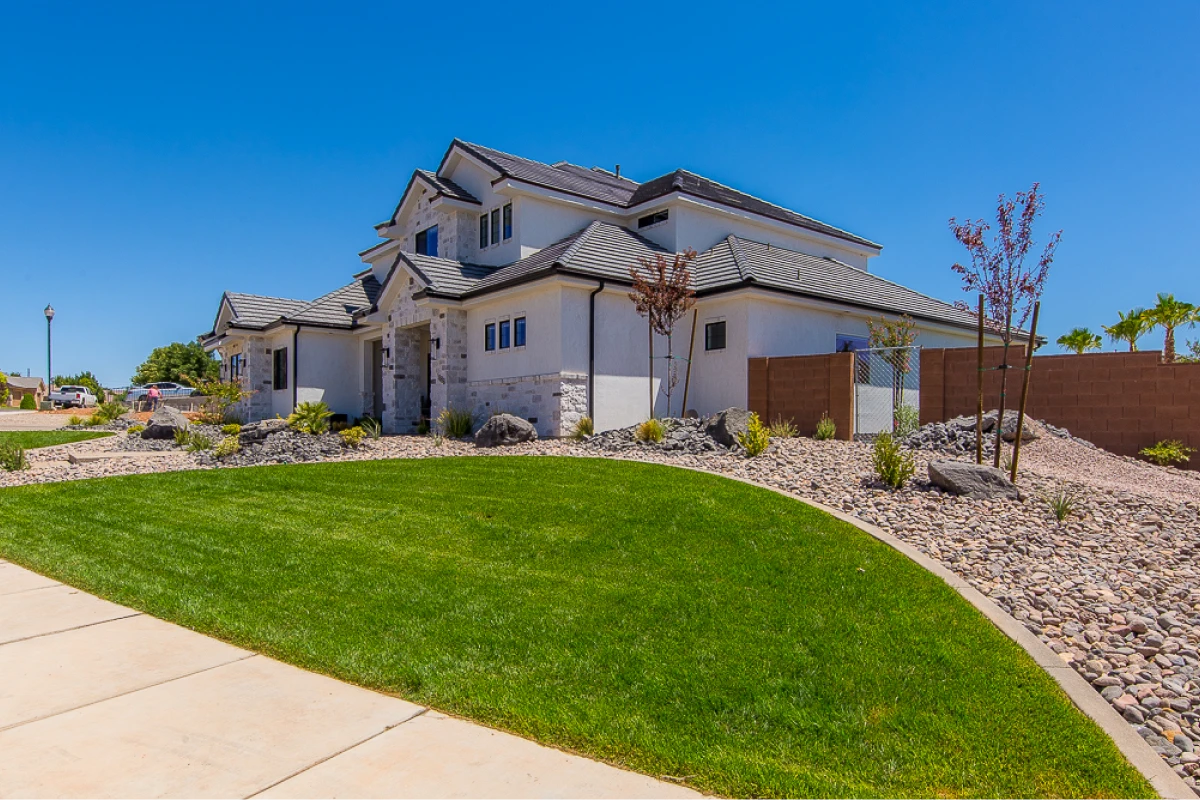
A primary benefit of dry river beds is their ability to efficiently channel rainwater and manage runoff, especially during periods of heavy rain. This directs water safely away from your home’s foundation, minimizing the risk of flooding and controlling erosion. Proper drainage protects your topsoil.
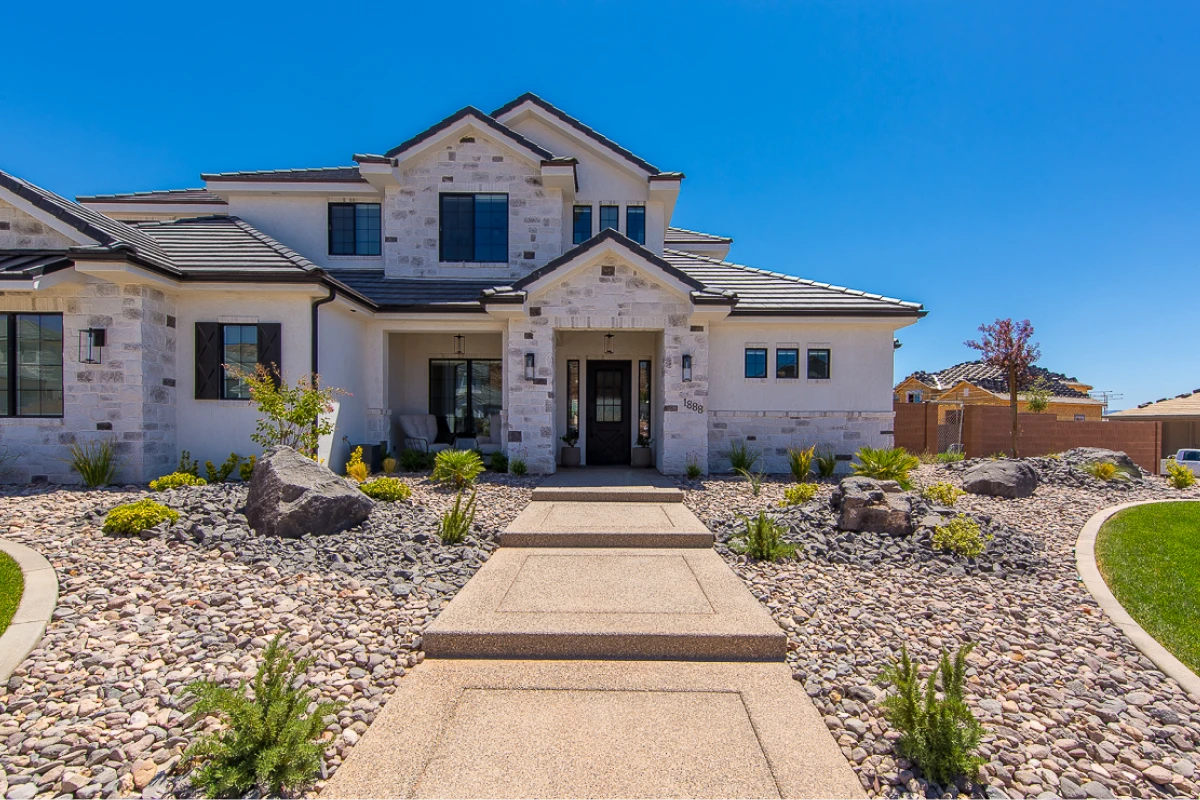
A selection including larger rock elements, medium stones, and smaller pebbles or gravel (like pea gravel or smooth river rock). Source these from reputable suppliers.
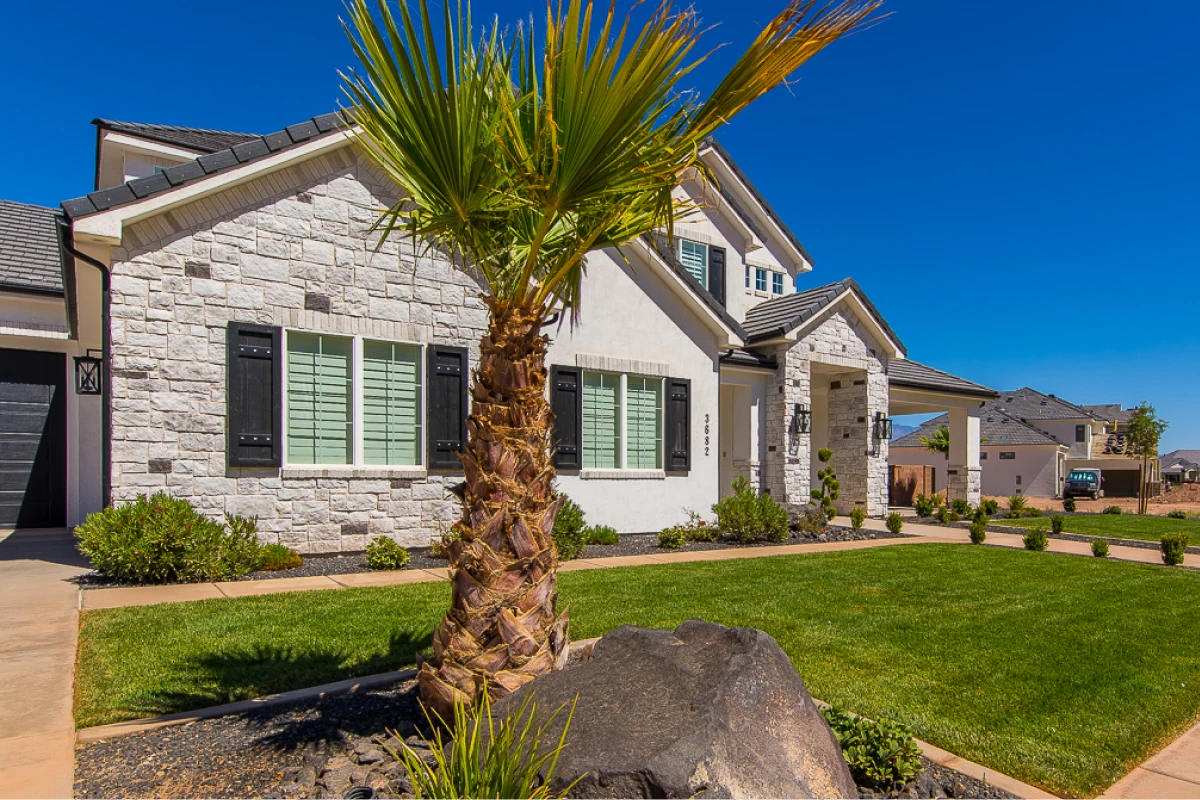
High-quality, permeable landscape fabric (or geotextile fabric) is essential. This allows water to pass through but acts as a barrier against weeds growing up through your rock and helps stabilize the underlying soil.
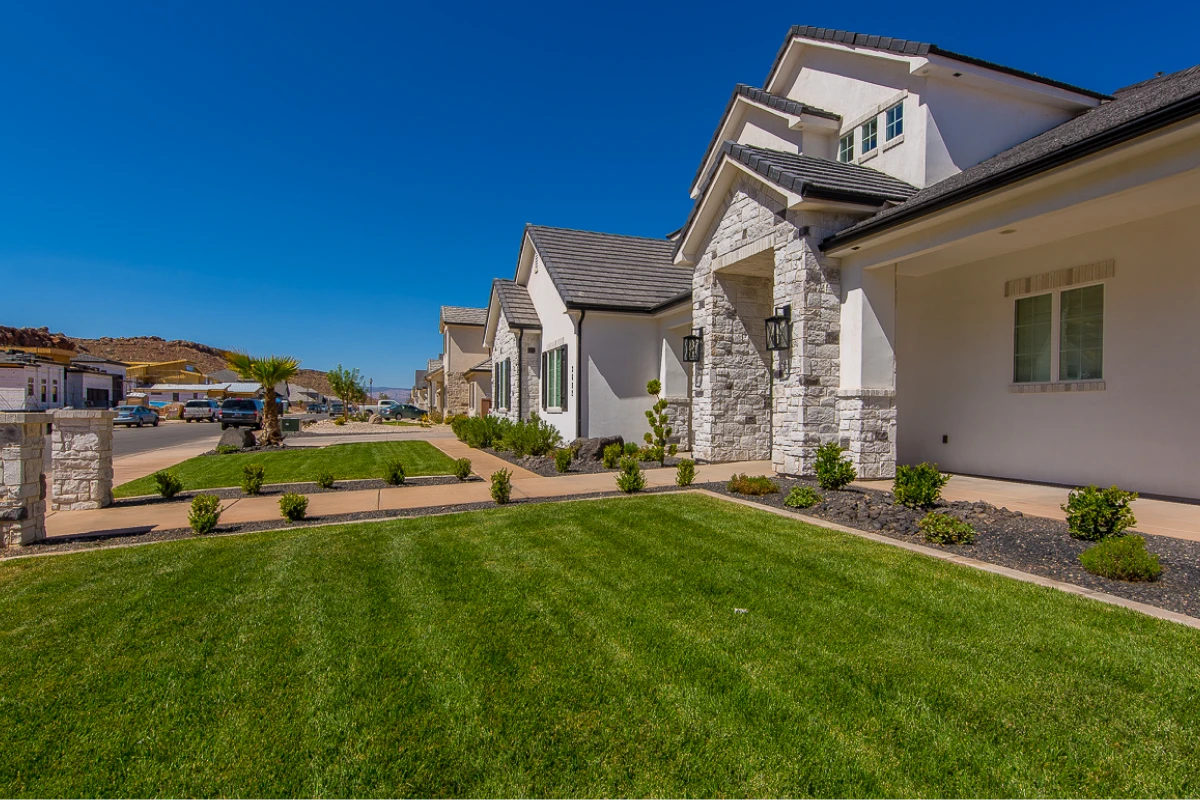
Basic digging and leveling tools are necessary for shaping the trench.

Wood, stone, metal, or plastic edging can help define the borders of your dry creek bed and keep rocks contained, though a natural edge blending into the surrounding landscaping is also popular.

Many ornamental grasses are drought-resistant and add lovely movement and texture that contrasts well with the stone.

Ideal for sunny, dry spots, succulents offer diverse shapes and colours with minimal water needs.
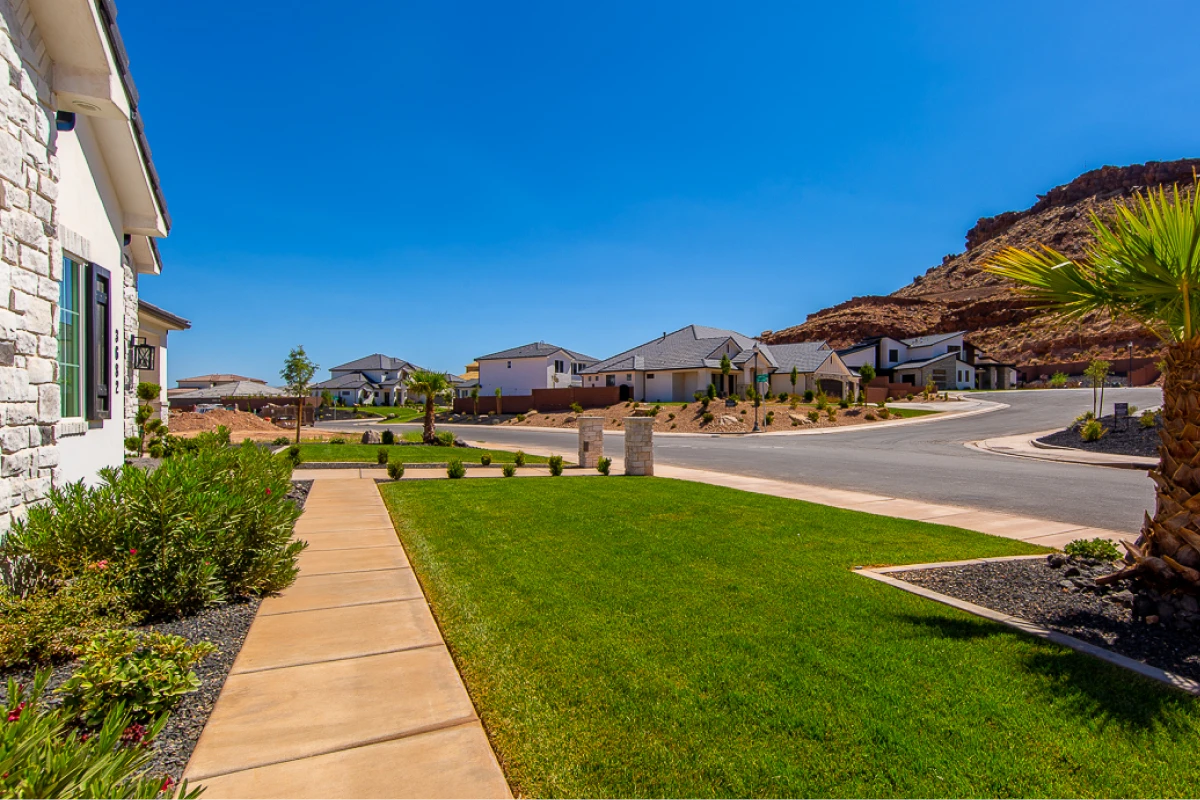
Select hardy perennials that thrive with good drainage and less water, providing seasonal colour around your dry creek. Ensure the soil around the plants is suitable for their growth. Integrating plants makes the feature feel less like a simple drainage channel and more like a deliberate part of the garden bed design.
While dry river beds are designed to be low-maintenance landscaping features, some occasional care keeps them looking pristine: